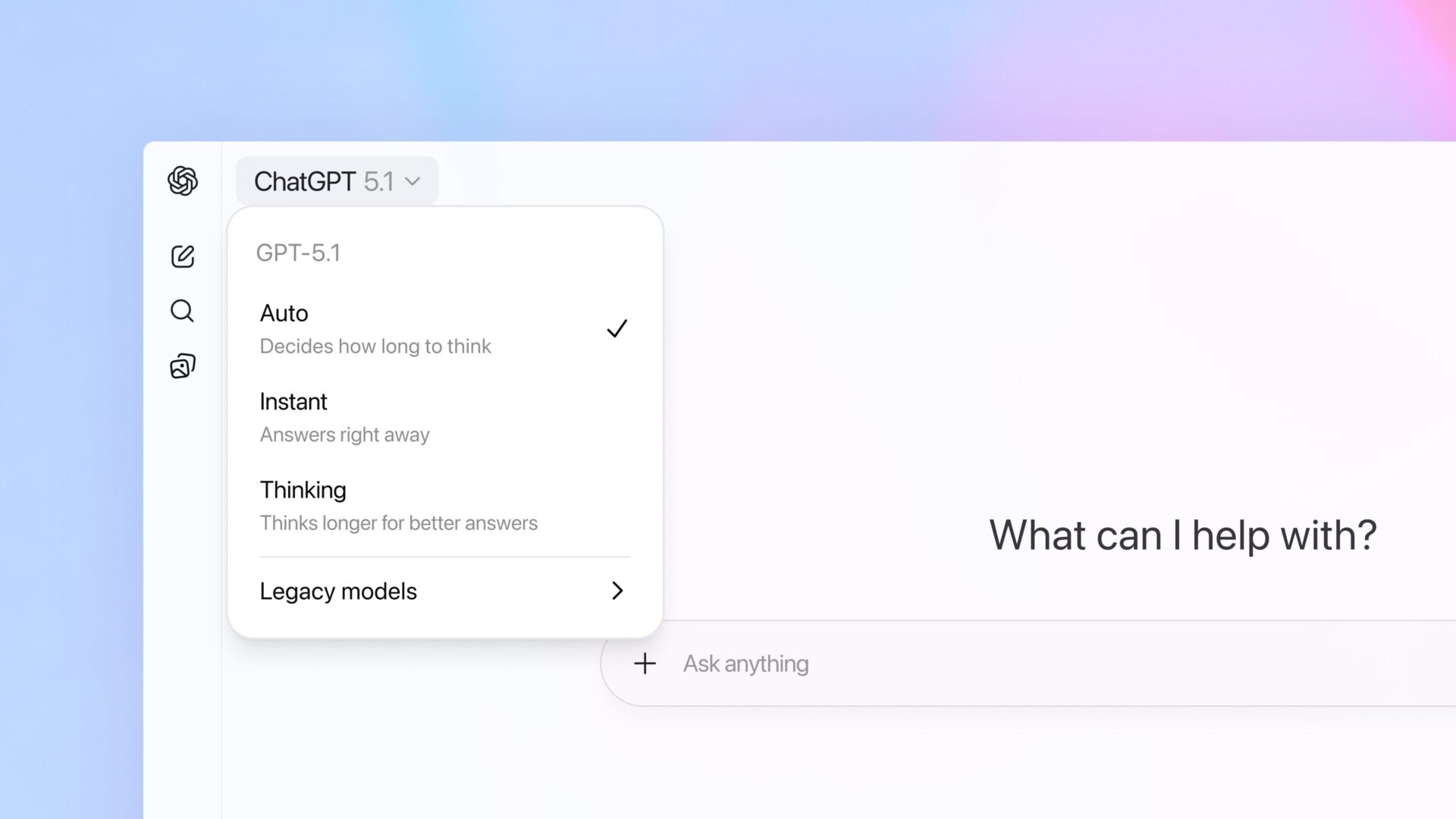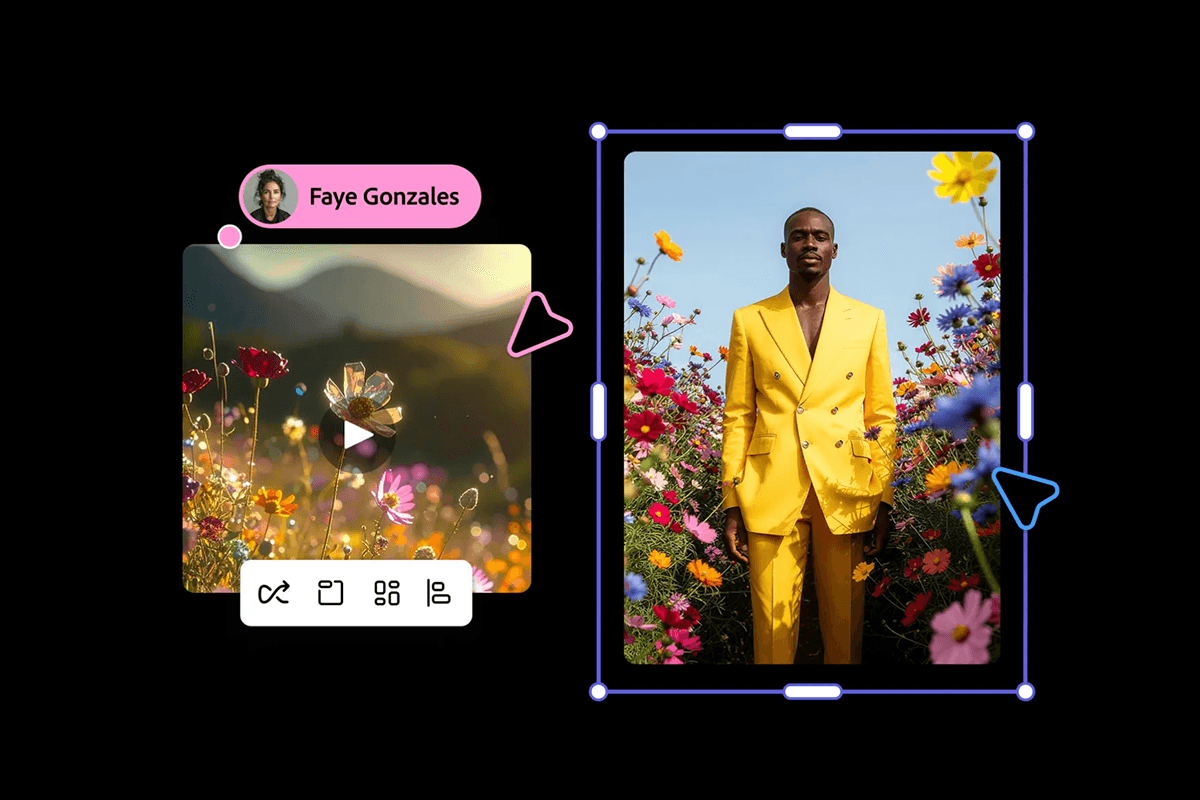AI Weekly Roundup: GPT-5.1 Unveiled, New Tools for Secure Coding, and the Future of Web Development
The world of artificial intelligence is moving at a breakneck speed, with each week bringing innovations that were once the stuff of science fiction. We are witnessing a fundamental transformation in how we interact with technology, build software, and secure our digital infrastructure. This week’s updates are a testament to this rapid evolution, showcasing significant leaps in conversational AI, development workflows, proactive security, and low-code application creation. From OpenAI giving users unprecedented control over an AI’s personality to Microsoft arming developers with an enterprise-grade AI toolkit, the industry is pushing boundaries on all fronts. Let’s dive into the groundbreaking announcements that are shaping the future of technology, one update at a time.
OpenAI’s GPT-5.1: Engineering AI with Personality and Precision
OpenAI continues to lead the charge in the evolution of large language models, and its latest release, GPT-5.1, marks a pivotal shift from pure information processing to nuanced, personality-driven interaction. The update is centered on a core theme: giving users granular control over the tone, style, and even the cognitive process of their AI interactions. This move signals a new era where AI models are not just tools but adaptable collaborators that can be tailored to specific tasks and communication styles.
Fine-Tuning the AI’s Voice
Previously, OpenAI introduced a few preset tones to steer ChatGPT’s responses. With GPT-5.1, this feature has been significantly refined and expanded. The goal is to provide a richer, more intuitive palette of conversational styles that cater to a wider range of professional and creative needs. The update overhauls the existing presets and introduces new ones, allowing for more dynamic and context-aware communication.
Here’s a breakdown of the new personality framework:
| Status | Old Preset Name | New/Updated Preset Name | Description |
|---|---|---|---|
| Unchanged | Cynic | Cynical | Maintains a skeptical and questioning tone. |
| Unchanged | Nerd | Nerdy | Provides detailed, technical, and enthusiastic explanations. |
| Updated | Default | Default | The standard, balanced, and helpful ChatGPT personality. |
| Updated | Listener | Friendly | A more engaging, warm, and conversational style. |
| Updated | Robot | Efficient | Delivers concise, direct, and to-the-point responses. |
| New | - | Professional | A formal, structured, and business-oriented tone. |
| New | - | Candid | A direct, straightforward, and honest communication style. |
| New | - | Quirky | An unconventional, creative, and playful personality. |
These presets empower users to instantly align the AI’s output with their intent, whether they’re drafting a formal business proposal, brainstorming creative ideas, or seeking a quick, no-nonsense answer.
Introducing Two Advanced Models: Instant and Thinking
Beyond personality presets, the update unveils two new underlying models, each designed for a different type of cognitive load: GPT-5.1 Instant and GPT-5.1 Thinking.
GPT-5.1 Instant is engineered for speed, warmth, and better instruction-following. OpenAI describes it as being more conversational and surprisingly playful, making it ideal for real-time interactions, customer service bots, and creative brainstorming sessions. The key innovation here is its use of “adaptive reasoning.” The model can intelligently decide when a prompt requires a quick, direct response versus when it needs to “think” more deeply before answering. This results in an experience that feels both immediate and thoughtful, providing thorough answers without sacrificing turnaround time.
GPT-5.1 Thinking is the powerhouse model designed for complexity. Like its counterpart, it adapts its thinking time to the prompt, dedicating more computational resources to dissecting complex problems while swiftly handling simpler requests. Compared to the previous GPT-5 Thinking model, this new version offers significantly clearer responses, stripping out unnecessary jargon and undefined terms. This makes it an invaluable tool for researchers, developers debugging intricate code, and analysts working through multi-layered data. It delivers profound insights with the clarity of a seasoned expert.
This dual-model approach represents a sophisticated solution to the classic trade-off between speed and accuracy, allowing the AI to dynamically allocate resources based on the task at hand.
Cloudsmith’s MCP Server: Integrating Artifact Management into AI-Driven Workflows
As AI coding assistants become ubiquitous in developer environments, a critical gap has emerged: these powerful tools often lack awareness of an organization’s internal software ecosystem. They can generate code, but they can’t answer questions about private repositories, package vulnerabilities, or build statuses. Cloudsmith, a leader in cloud-native artifact management, is addressing this challenge head-on with the launch of its MCP Server.
This innovative server acts as a bridge, allowing developers to connect their AI assistants directly to their Cloudsmith artifact repositories. For the first time, developers can use natural language queries within their IDE to interact with their entire software supply chain.
Imagine a developer asking their AI assistant:
- “What’s the latest stable version of our front-end component library?”
- “Does the current production build contain any high-severity vulnerabilities?”
- “Initiate a deployment of package XYZ to the staging environment.”
The MCP Server translates these queries, fetches the necessary information from Cloudsmith, and delivers a contextual, actionable response. This integration transforms the AI assistant from a simple code generator into a fully-aware DevOps partner.
“AI is redefining how developers work, moving from manual clicks to natural language interactions. We see this shift every day with our customers. Cloudsmith’s MCP Server is a necessary bridge to this new way of working. By integrating directly with tools like Claude and CoPilot, we ensure engineers can manage, secure, and make decisions about their software artifacts simply by asking a question within the environment they already use. This isn’t just about convenience, it brings trusted artifact data and governance exactly where developers build, making the AI part of the secure software supply chain, not separate from it.”
- Alison Sickelka, VP of Product at Cloudsmith
This move is about more than just boosting productivity. By maintaining full audit logs of all interactions, the MCP Server ensures complete visibility and governance, embedding security and compliance directly into the AI-assisted workflow. It makes the software supply chain an active, queryable participant in the development process, fundamentally changing how teams manage and secure their artifacts.
Legit Security Releases VibeGuard: Proactive Security for an AI-Generated World
The rise of AI-generated code presents a new and formidable security challenge. Traditional security tools, which rely on reactive scanning after code has been written and committed, are ill-equipped to handle the sheer volume and velocity of code produced by AI agents. A single flawed prompt can introduce hundreds of vulnerabilities into a codebase in seconds.
Legit Security is pioneering a new paradigm with VibeGuard, an AI agent designed to secure AI-generated code at the moment of creation.
VibeGuard operates directly within the developer’s IDE, acting as a real-time security supervisor for AI coding assistants. Its approach is multi-faceted and proactive:
- Live Agent Monitoring: It continuously monitors the interaction between the developer and the AI, analyzing both prompts and generated code in real-time.
- Vulnerability Prevention: It identifies and blocks insecure coding patterns, the use of vulnerable libraries, and the introduction of common flaws like SQL injection or cross-site scripting before they ever enter the codebase.
- Attack Prevention: VibeGuard is designed to recognize and neutralize malicious prompts or attacks aimed at tricking the AI into generating harmful code.
- Context Injection: Crucially, VibeGuard injects application-specific security context into the AI agent. This “trains” the AI to understand the unique security requirements and architecture of the project it’s working on, enabling it to generate code that is not just generically secure, but secure by design for that specific application.
This innovation directly addresses a major industry concern.
According to recent research by Legit Security, 56% of security professionals cited a lack of control over AI-generated code as one of their top concerns.
VibeGuard aims to restore that control by shifting security from a reactive, after-the-fact process to a proactive, real-time safeguard. It ensures that as development speed accelerates with AI, security practices don’t just keep up—they lead the way.
Webflow’s App Gen: Ushering in the Era of “Vibe Coding”
Webflow has long been at the forefront of the no-code movement, empowering designers and entrepreneurs to build stunning websites without writing a single line of code. With its latest announcement, the company is taking a massive leap forward, evolving from a website builder into a full-fledged application development platform. The launch of App Gen introduces the concept of “vibe coding” to a wider audience, allowing users to create rich, interactive web experiences based on intent rather than explicit instructions.
“Vibe coding” represents a paradigm shift where users describe the functionality, feel, or “vibe” of the application they want to build, and the AI translates that vision into a functional product. This new capability is designed to empower any user, regardless of their technical skill, to move beyond static websites and create dynamic, data-driven web applications.
Built upon the recently launched Webflow Cloud, a full-stack hosting platform, App Gen intelligently leverages a user’s existing digital assets to ensure consistency and scalability. Key features include:
- Automated Brand Alignment: App Gen automatically scans a site’s existing design system—including topography, color palettes, and layout variables—and applies them to any new AI-generated features. This ensures a seamless and consistent visual experience across the entire web property.
- Component Reuse: The system intelligently reuses existing Webflow components, further reinforcing brand consistency and accelerating the development process.
- Data-Driven Interfaces: App Gen connects directly to a site’s Content Management System (CMS), enabling it to turn structured content into dynamic, data-driven interfaces. This means that dashboards, catalogs, and user portals stay automatically up-to-date as the underlying data changes.
This powerful new tool is set to democratize application development, allowing businesses to create sophisticated web experiences that were previously the exclusive domain of experienced development teams.
Microsoft Announces .NET 10: The Enterprise-Ready AI Development Platform
Microsoft has officially released .NET 10, a landmark version of its development platform that is heavily optimized for building robust, scalable, and secure AI applications. As a Long Term Support (LTS) release, .NET 10 will receive full support and security patches for the next three years, making it the go-to choice for enterprises building mission-critical production applications.
This release is packed with a comprehensive suite of tools designed to streamline the integration of artificial intelligence into the .NET ecosystem. Microsoft is sending a clear message: .NET is a premier, enterprise-grade platform for serious AI development.
The AI-focused features in .NET 10 provide developers with a powerful and cohesive toolkit:
- Microsoft Agent Framework: This framework provides the building blocks for creating sophisticated “agentic systems.” These are autonomous AI agents capable of planning and executing complex, multi-step tasks to achieve a specific goal, moving far beyond simple question-and-answer interactions.
- AI and Vector Data Abstractions: The release includes
Microsoft.Extensions.AIandMicrosoft.Extensions.VectorData. These libraries provide standardized, high-level abstractions for integrating with various AI services and vector databases. This simplifies development, reduces boilerplate code, and helps developers avoid vendor lock-in by making it easy to swap out different AI models or data sources. - Native MCP Support: With support for the Machine Communication Protocol (MCP), .NET 10 ensures seamless interoperability between different AI agents, development tools, and services, fostering a more connected and efficient AI development ecosystem.
By embedding these powerful AI capabilities into an LTS release, Microsoft is empowering its vast community of developers to build the next generation of intelligent, enterprise-ready applications on a stable, secure, and fully supported platform.








Comments